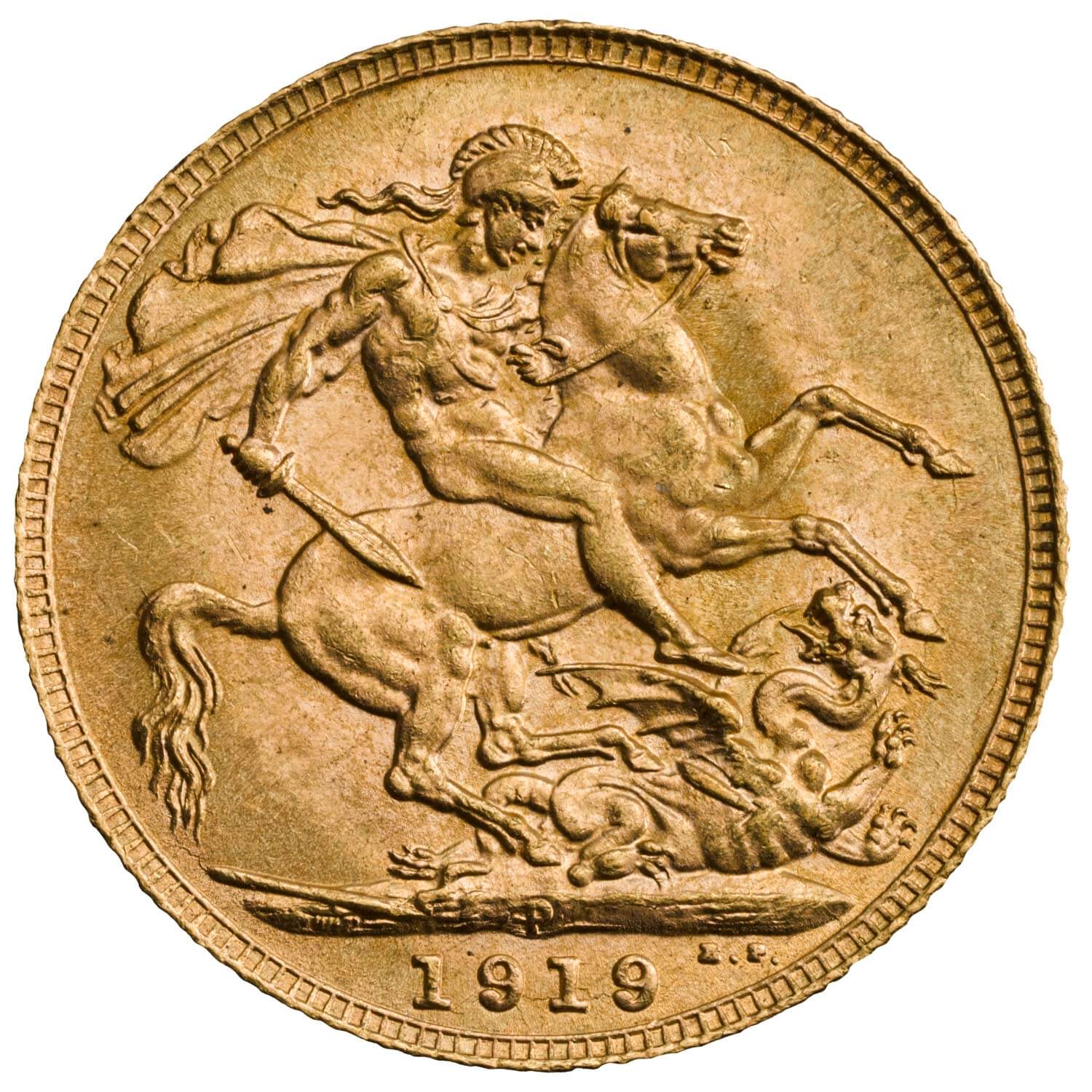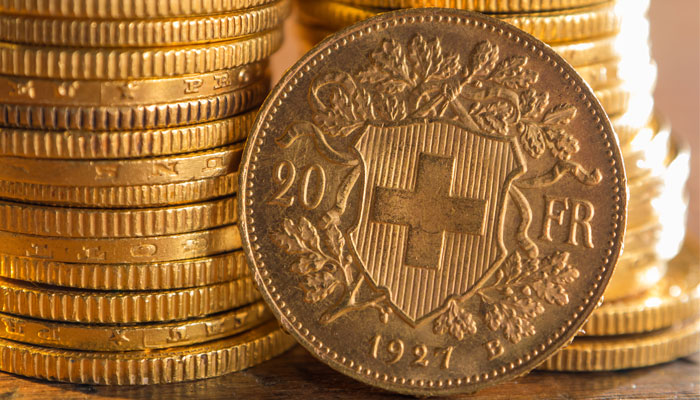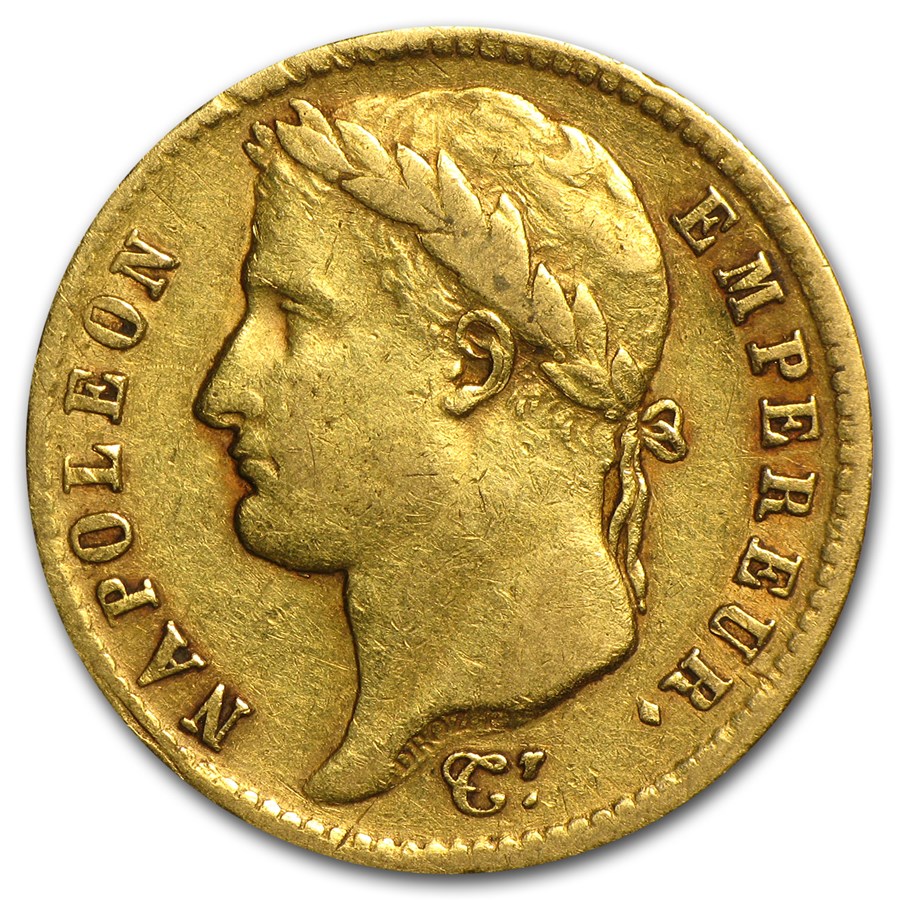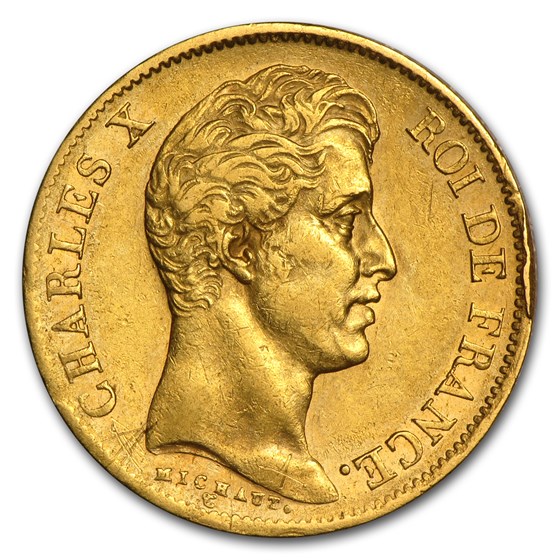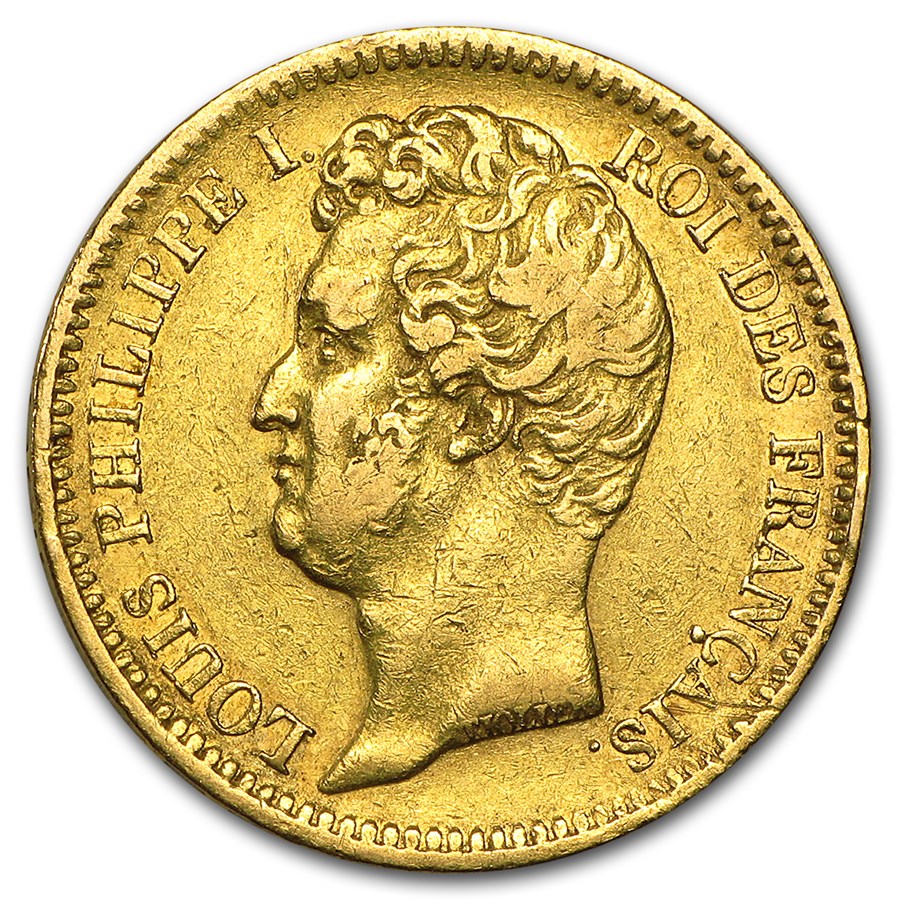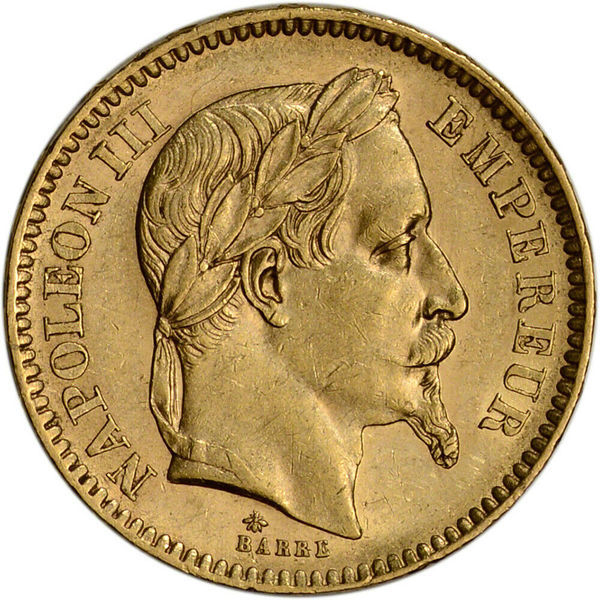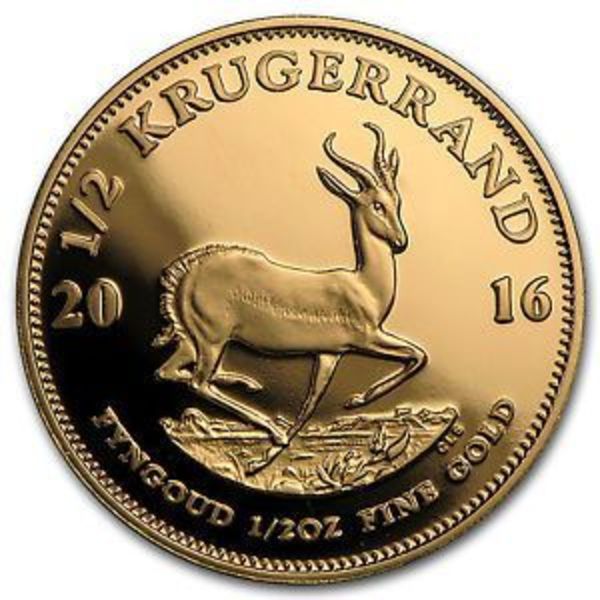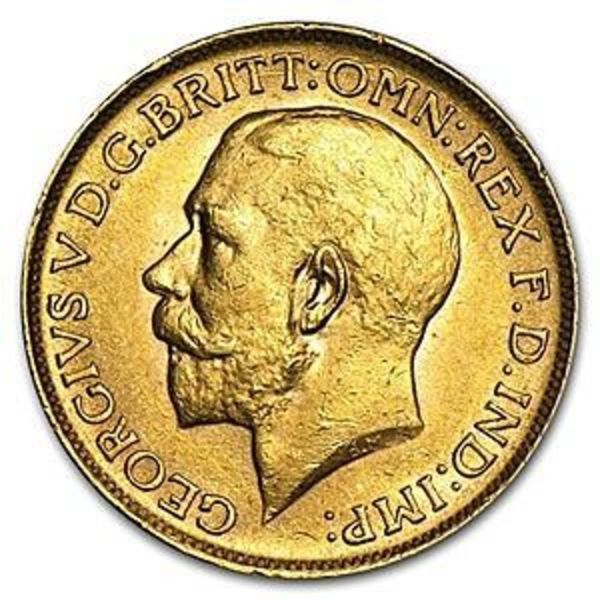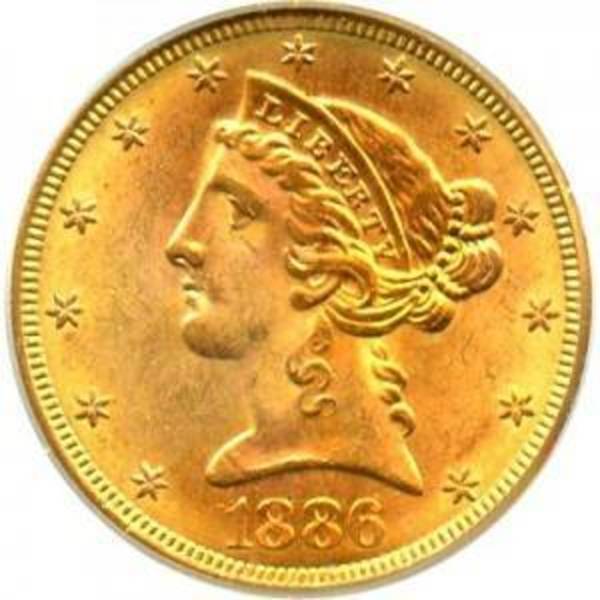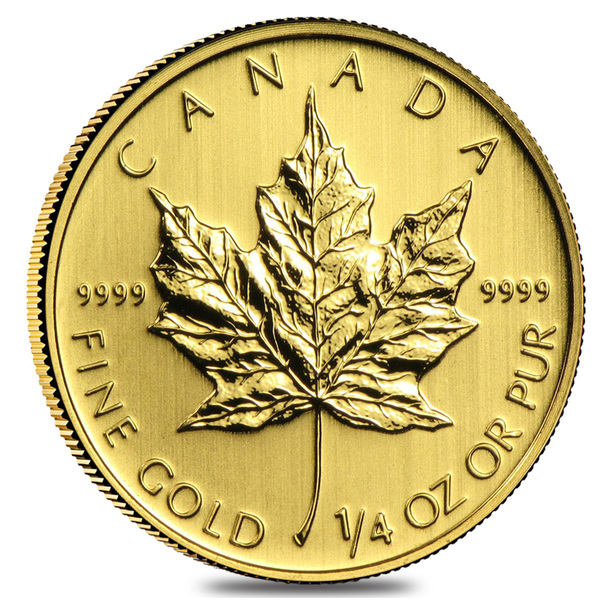Fractional gold coins are one of the easiest and most affordable ways to buy gold coins. However, fractional gold coin premiums can seem extremely high relative to their full troy ounce counterparts.
When considering an investment in gold coins it is important to consider the premiums that you will pay over the gold spot price. For many investors it is more reasonable and affordable to purchase fractional gold coins more often rather than saving up to purchase larger gold coins.
The 1/10th oz American Gold Eagle coin is an excellent investment choice. However, dealer premiums on the 1/10 oz American Gold Eagle can often exceed 10-15%, sometimes even higher. Comparing premiums with the 1 oz Gold Eagle which you can often find with a much lower premium of 1% to 2% over gold spot price.
Fractional gold coins have been circulated as currency for hundreds of years. As a result there are many different vintage fractional gold coins available that carry a lower premium than their modern equivalents.
Latin Monetary Union Gold Coins
The Latin Monetary Union (LMU) was an early attempt at unifying Europe under a single currency standard during the early 19th century. LMU coins were developed around the French Franc standard under Napoleon I beginning around 1803. The most common gold coin of the time was the 20 Francs Gold Coin.
20 Francs Gold Coins
The 20 Francs Gold Coin is one of the most popular fractional gold bullion coins that you can buy at a low premium.
Each 20 Francs Gold Coin contains 6.45161 grams of .900 fine gold struck on a 21mm planchet. The 20 Francs Gold coin contains .1867 troy ounces of gold. The diameter of the coin is similar to that of a US Nickel coin.
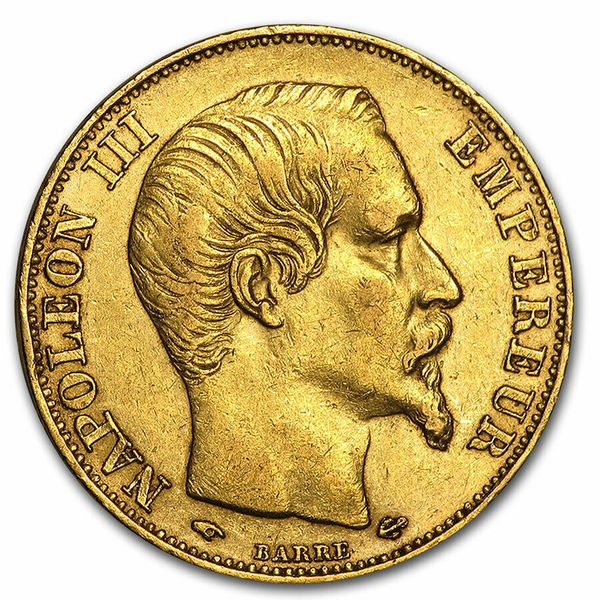
The most common 20 Francs Gold coins were minted in France during the 19th century. They come with a variety of designs that feature portraits of various rulers of France. Popular designs of French 20 Francs Coins include Napoleon I, Louis XVIII, Napoleon III, “Lucky Angel” and the Rooster.
Throughout the time of the Latin Monetary Union (LMU), 20 Francs gold coins were minted and circulated in a number of different countries throughout Europe and other parts of the world. Other common variations of the 20 Francs Gold Coin include the Swiss Helvetia/Vreneli 20 Francs from Switzerland, 20 Lire Gold Coins from Italy, Belgian 20 Francs and many others.
10 Francs Coins
The 10 Francs Gold Coin contains half the amount of gold as the 20 Franc, 3.2258 grams of .900 fine gold. The 10 Francs Gold Coin contains .0933 troy ounces of gold, which is slightly less than 1/10th troy ounce.
When looking for vintage counterparts to modern American gold bullion, the 10 Francs Gold coin is comparable to the 1/10th oz American Gold Eagle.
The premiums on 10 Francs Gold Coins are typically around 12% over the melt value.
5 Francs Gold Coins
The smallest of the LMU Franc Gold Standard coins is the 5 Francs Gold coin. Each 5 Francs Gold coin contains 0.04714 troy ounce or 1.6290 grams of gold produced on a 16.7 mm planchet.
Less Common Gold Francs Coins
There are larger denominations of the gold Franc standard available, including both the 40 Francs Gold Coin and the 100 Francs Gold Coin. However, those larger denomination gold coins have become less common and can demand a higher premium due to their collectability and numismatic value.
European Fractional Gold Coins
1 Ducat Coins
The Gold Ducat was used as a trade coin in various parts of Europe during the late middle ages into the early 20th Century. Gold Ducat coins were minted using .986 fine gold, which is particularly high for a circulating gold coin.
Popular versions of the Gold Ducat were produced in Austria, Hungary and the Netherlands. Each 1 Ducat Gold Coin contains .1106 troy ounce of gold, slightly more than 1/10th oz.
Premiums on 1 Ducat Gold Coins are generally around 5% over their melt value. Their high gold purity and low premium makes them one of the most affordable fractional gold coins for investors.
4 Ducat Gold Coin
Based on the Ducat Gold Standard, the 4 Ducat Gold Coins contains four times the amount of gold as the 1 Ducat. Like the 1 Ducat, the 4 Ducat Gold coin is also minted from .985 fine gold and contains 0.4430 troy ounce of gold.
Great Britain Gold Sovereign
Great Britain has a history of minting many beautiful gold coins. One of the most popular British Gold Coins from England is the Gold Sovereign. The Royal Mint began minting the Gold Sovereign in 1817. Each gold sovereign coin contains .2354 troy ounces of gold. The Gold Sovereign is one of the most popular vintage gold bullion coins for investors and stackers.
Millions of Gold Sovereign coins have been minted since the inception of the series. You can often buy Gold Sovereigns for as little as 3% to 4% over the melt value.
Great Britain Half Sovereign and Quarter Sovereign
Other variations of the Sovereign standard include the half sovereign and quarter sovereign. These denominations are less popular among investors and can carry premiums much higher than the Full Gold Sovereign.
Gold Peso Coins from Mexico
Mexican Gold Peso coins are some of the most beautiful vintage gold coins in the world. While Gold prices fluctuate, the popularity of the Mexican Gold Peso coins only increases with investors due to the gold peso’s outstanding gold bullion value.
Gold Peso coins from Mexico appeal to investors and collectors alike for their high Gold bullion content and rich Mexican history.
Minted at the Mexican Mint in Mexico City, the Mexican Gold Peso is minted with 90% fine Gold and 10% copper. The addition of copper during the minting process gives the Gold Peso coins a hardness that pure gold alone cannot provide. With the presence of copper, the Mexican Gold Peso coins have been able to withstand the wear of circulation.
Six different denominations of the Gold Peso were minted to commemorate the centennial of Mexico’s hard won independence from Spanish colonial rule.
2 Peso Gold Coin
The 2 Peso Gold coin (dos Pesos) is the smallest denomination of the gold peso. Each Dos Pesos contain .0482 troy ounces or roughly 1.50 grams of gold.
The 2 Peso Gold Coin is a popular choice with investors looking to start to buy gold coins because the coins are one of the most affordable.
2.5 Peso Gold Coin
The Mexican 2.5 Peso Gold Coins were produced from from 1918-1948. Most of the coins on the market that are sold as 1945 2.5 Peso Gold Coins are restrikes that were produced between 1951-1972 and again in 1996.
Each 2.5 Peso Gold Coin contains .0603 troy ounces, roughly 2.0833 grams of gold bullion.
5 Peso Gold Coin
The Mexican 5 Peso Gold Coin contains .1205 troy ounces, roughly 3.75 grams of gold bullion. The premiums on fractional gold like the Gold 5 Peso Coin are often much lower than similar coins. Having a lower premium makes them an attractive investment for bullion investors.
10 Peso Gold Coin
The Mexican 10 Peso Gold Coin contains .2411 troy ounces, roughly 7.49 grams of gold bullion. The premiums on fractional gold like the Gold 10 peso Coin are comparable to other similar weight gold fractional coins..
20 Peso Gold Coin
The Mexican 20 Peso Gold Coin contain .4823 troy ounces, roughly 15 grams of gold.
Many investors consider thedesign of the Gold Mexican 20 Pesos, or “Veinte Pesos”, to be one of the most beautiful fractional gold bullion coins available. Their popularity with investors and stackers is due to their outstanding beauty and bullion value. As a fractional gold coin, 20 Pesos are an affordable way to enter into the gold market.
50 Peso Gold Coin
The 50 Peso Gold Coin was minted by the Banco de Mexico between 1921 and 1947. It is also commonly referred to as the Centenario Peso. Each 50 Pesos Gold Coin contains approximately 1.2 troy ounces of pure gold. It was first minted in 1921 to commemorate the 100th anniversary of Mexico’s independence from Spain.
